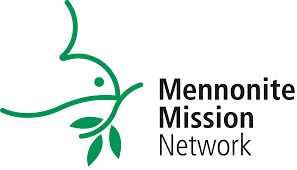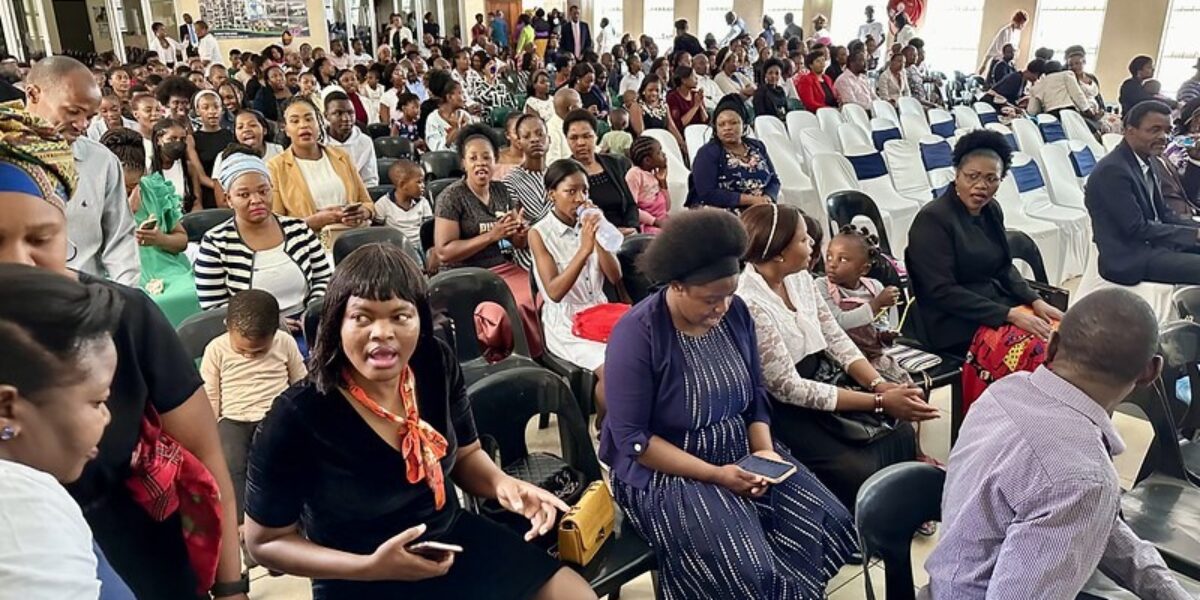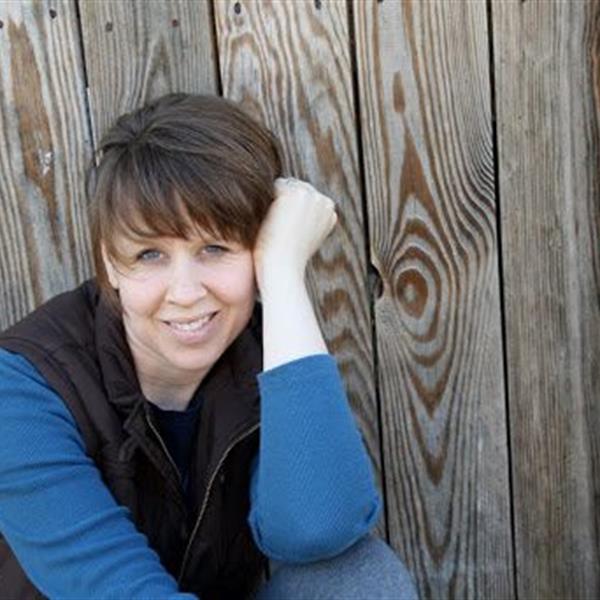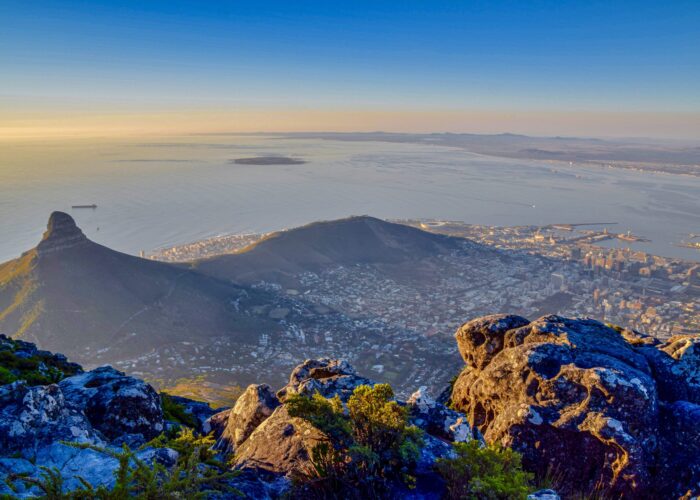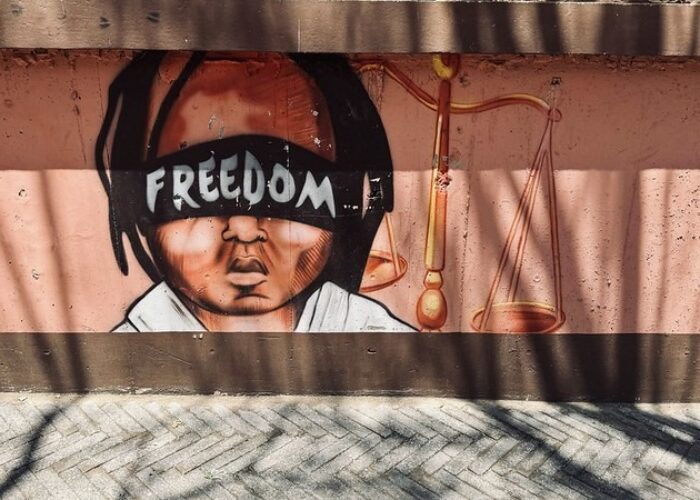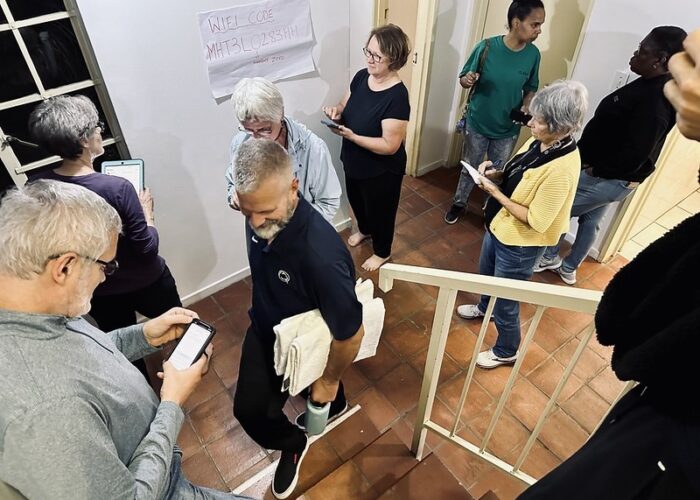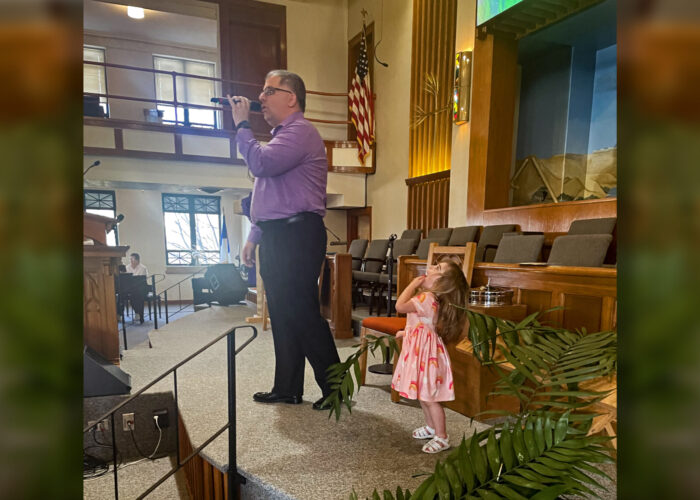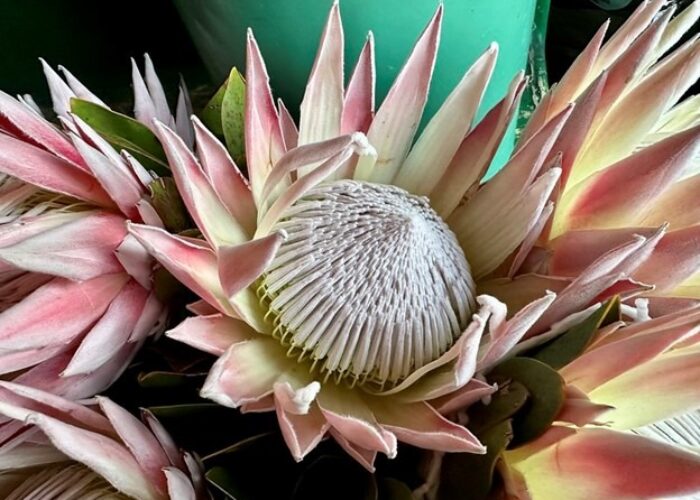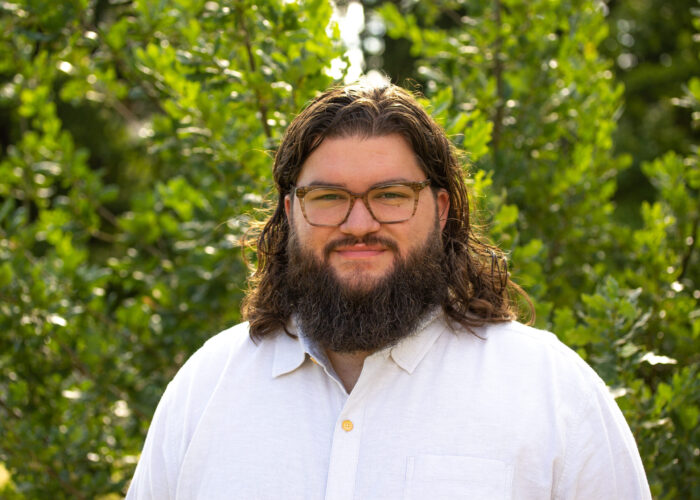In spring 2023, Jennifer Murch joined a United States Civil Rights Just Peace Pilgrimage. In fall 2024, she spent two weeks on a Racial Justice Just Peace Pilgrimage to South Africa and blogged about her experience. This is her third and fourth blog from her pilgrimage, edited for length. You can find the original post on her blog. We will publish her blog series weekly for several weeks, so be sure to check back for more.
Just Peace Pilgrimage is a program of Mennonite Mission Network. To learn more, including how you can join in a pilgrimage yourself or with a group, click here.
Day Three
Sophiatown, a community in Johannesburg (Jo’burg), was once mixed-race and so vibrant and rich with writers, artists, and musicians that it was referred to as “the Chicago of South Africa.” But in 1954, forced removals began with city officials arriving in the wee hours one morning, forcing people from their beds, dividing them according to race (Black, Chinese, Colored and Indian), and relocating them to separate communities outside Sophiatown.
The forced removals took years to complete, and in the end, Sophiatown was razed but for the Anglican church which boasted a mural with Black angels, painted by one of the sisters, and the home of English Anglican Bishop Trevor Huddleston. After the forced removals, the Dutch Reform church took over the building and painted over the murals.
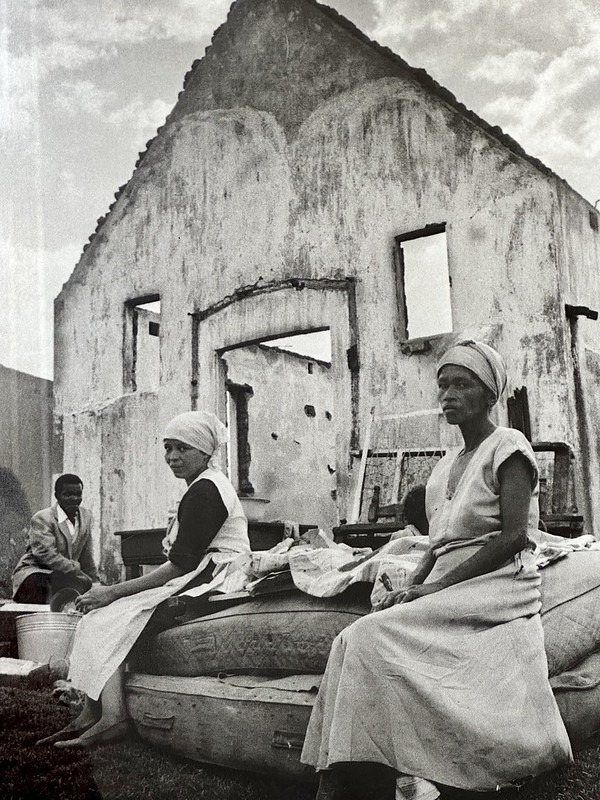
Later, one of the Iziko leaders, Nkosivumile Gola (Nkosi) pointed out that everyone knows about Huddleston, “But what about all the Black community leaders? Why aren’t we hearing their stories? It’s not because there weren’t any — there were lots of Black leaders in Sophiatown.”
In 1997, the Anglicans bought the Anglican church back. Since then, a mosaic was added, but the original mural is still buried beneath the whitewashing. For years, former Sophiatown residents would make the long trek back to this church for marriages and funerals. This church was a touchstone for them, the one remainder of their former lives.
The nearby Hector Pieterson Memorial tells the story of the June 16, 1976, uprising during which hundreds of students marched to protest the government ruling that Afrikaans (a form of Dutch and the language of the minority Whites) would be the medium of education. That day, police opened fire on the children, killing 176 (the death count rose in the days that followed). Hector was one of the first children to be killed.
A quote from Hector’s older sister, Antoinette Sithole caught my eye. “When my brother was killed in the June 16 student uprising, he was just a 13-year-old schoolboy. But this does not justify the heroism around him as a martyr… He was an ordinary child without glamour. Why the glamour around his death?”
Later that evening, when someone expressed admiration for these children who were so brave, I shared Antoinette’s quote. “When we label people as heroes,” I said, “we distance ourselves from them. Pedestaling people is a form of self-preservation. They are special, they are different, so I don’t have to be like them.”
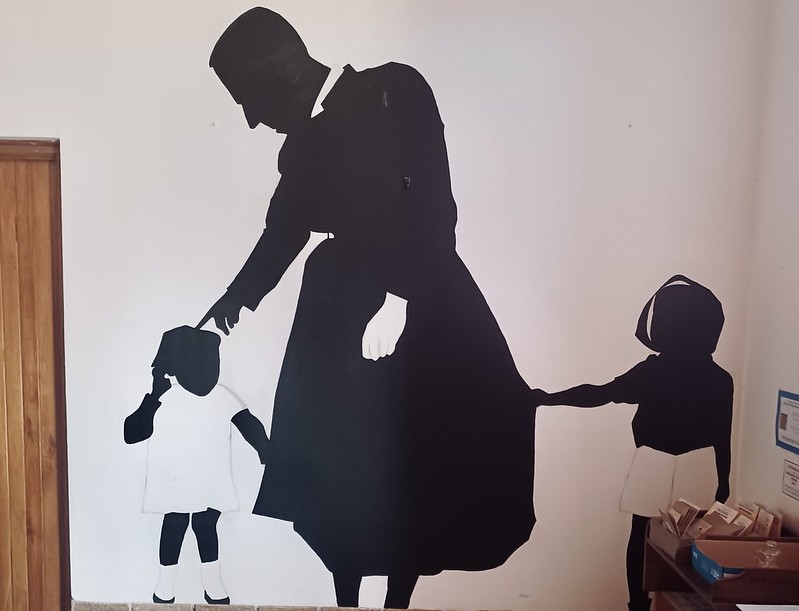
“The hero story,” Steve Schallert, director of International Solidarity, added, “is propaganda, and the purpose of propaganda is to cover up the mess so you can’t see what’s actually real.”
“I find it interesting that our current practice is to pin all our hopes on one hero,” noted Mission Network Director of Global Partnerships Andrew Suderman, a theologian and one of our group leaders. “Just listen to our language: our political leaders are the people ‘in power.’ Our job is to vote. That’s it. That’s the extent of our power. Everything else is up to our hero leaders.”
We are living in a filthy rotten environment with a vocation of detanglement,” said Steve, whose sentences were so jam-packed with truth that they often sounded poetic. “It’s our job to take a long, hard, loving look at what is real and then ask ourselves what is actually happening. There’s a reason that most people don’t do this: it’s hard.
Day Four
At the church in Hillbrow, the largest Brethren in Christ Church in South Africa, we were warmly greeted by the leaders and guided to our chairs at the front and center of the sanctuary.
The morning’s service was a celebration of the elders. At the start, the elders — anyone 50 and above — were told to gather at the back, and then they all made a grand entrance together amidst the congregation’s cheers and ululating.
The worship leader shared quotes from the congregation’s elders about their favorite scripture and/or insights about what’s truly important. Congregational music groups and a traveling singer performed, and two women each gave a sermon. When the three-hour service was over, we were ushered to a room at the back of the church sanctuary for a brief visit with the church leaders and refreshments.
Our leaders told us that friends of Iziko Lamaqabane, the organization that Mennonite Mission Network partners with for this pilgrimage in South Africa, who were curious about Anabaptism would be joining us that afternoon for conversation.
We were finishing a meal when the friends began to arrive. They were theologians, philosophers, and writers at Unisa, the University of South Africa (the longest standing distance-learning university in the world). They had a comprehensive understanding of theology, politics, history, and philosophy, as well as a profound, gut-level awareness of how everything connected to each other.
A woman in our group asked about the Truth and Reconciliation Commission (TRC) — established in 1995 to investigate human rights abuses during apartheid. “What did the TRC get right? What should it have done differently?”
They all laughed and then said that the TRC didn’t end up hearing many of the stories of abuse because the TRC’s limiting guidelines around who qualified as a victim didn’t allow the depth of the problem to be exposed.
“Let’s talk about your country,” said Obakeng, a philosophy scholar who was sitting to my left. “If you think about truth and reconciliation around the Trail of Tears, what does justice look like for you?”
His question was met with silence, and after reframed questions, pauses, and restarts, Obakeng turned to me and whispered, “Do people in the U.S. know about the Trail of Tears?”
“Oh, yes,” I said, “but it’s not something that’s really talked about. Kids learn about it in school in the fifth grade or something, but then that’s it.”
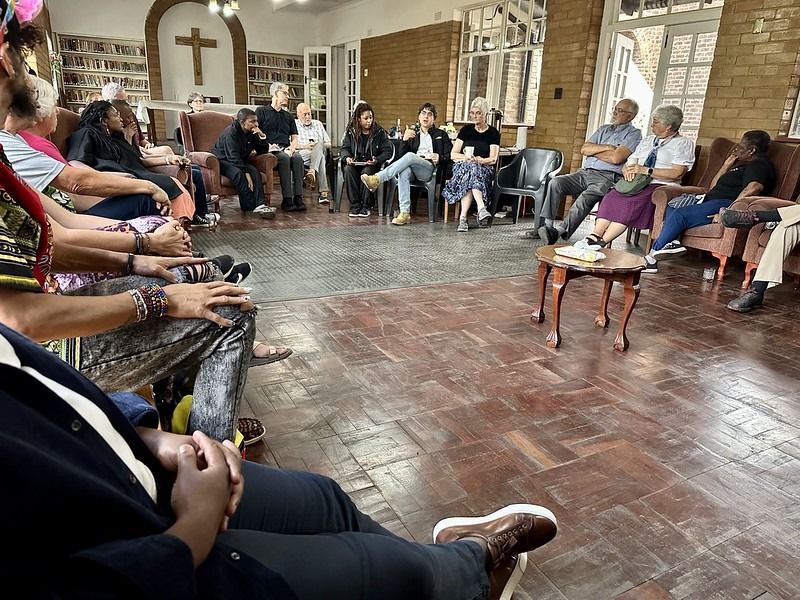
Obakeng nodded and then turned back to address the group. “There is silence in this room, so let’s study it. What makes it so difficult to respond to this question?”
“Why do you need to come here to learn about racism?” one of the South Africans asked, “Why spend all that money? Why don’t you already know what you need to do?”
Sometimes a fish needs to swim in new water to better understand the water it normally swims in,” Andrew said.
“There’s the issue of sentimental ethics (the belief that morality is rooted in emotion),” said one of the South Africans. “Feeling bad or sympathizing with South Africa is not enough. You need to go deeper. Because when you feel ‘sad’ about our situation, you are still wielding your epistemic power.”
“So, what should we do?” asked one of the men in our group. “How can we help? Tell us.”
“If you can’t articulate how to do better in your context,” said one of the women, “how can you ask us what we want to do? That’s a colonial mindset, asking Black people to be more vulnerable on behalf of the white people.”
I spoke up for the first time. “I’ve been thinking a lot about listening in recent months. I think listening can actually sometimes be a form of violence. When we tell the people who have a problem that we’re going to listen to them — when we expect them to make themselves vulnerable while we disclose nothing of ourselves — that’s a power move. Mennonites, I’ve been noticing recently, are quite good at weaponized listening. Me included — I do it a lot.”
“Having a dialogue is more helpful than sending in an NGO to help,” said one of the South Africans. “We have some deep colonial wounds, so often the gesture [from White people] is the problem. We need to stay in the problem.”
“Staying in the problem doesn’t mean doing nothing,” someone (maybe Obakeng) said. “I think what we’re trying to describe to you is Gelassenheit, a yieldedness to the problems. We’re not looking for solutions, but rather the willingness to swim in the waters. The gesture to quickly act, help, or fix is the problem.”
One of the friends of Iziko, a White South African professor and Dutch Reform Minister whose grandfather had been a counselor in the apartheid government, offered a question that he said would, perhaps, get to the heart of the confusion. “I think what is being asked of you is perhaps very simple,” he said. “It’s a question for the present — for the now — and it’s this: How will you stop the killing?”
Silence, again.
And then another question from the South Africans: “Who are you when you say you’re the church? Mennonites have been in South Africa since 1978, so what does it mean to be companions to solidarity on the road to liberation?”
More silence.
Round and round the conversation went, the South Africans sharing their perspectives, debating with each other, and asking us pointed questions without ever succumbing to providing answers for us or alleviating the frustration and confusion that some of the people in our group expressed.
Later, I asked if Iziko has facilitated this sort of dialogue between these Black friends and White South Africans. The answer was no. “White South Africans are not ready for — or available, or open to — these sorts of dialogues.”
I mentioned to Tany Warkentin, a Canadian woman in my group, who works with Africa Inter-Mennonite Mission and Mennonite Church Canada, that I was blown away by the South Africans’ insight and passion. “Maybe it’s because we’ve never had to fight for something as basic as our human rights,” Tany said.
Having one’s basic human rights collectively and systematically stripped away provides a clarity that I, as a member of the White race, had not ever experienced and might never fully comprehend. If I wanted to break with my inherited colonial mindset, then I’d have to proactively learn a new way of seeing the world.
So much of this trip was unlearning. It was a stripping of my identity as a White person, an identity which I didn’t really understand or even claim. In contrast, the Black South Africans know exactly who they were. They know what their names mean, who their ancestors were, what they believe and think and feel, and why. My whiteness, I realized, and all the power that went with it, had been handed to me — it’s who I am — yet I hold it casually, almost flippantly.
